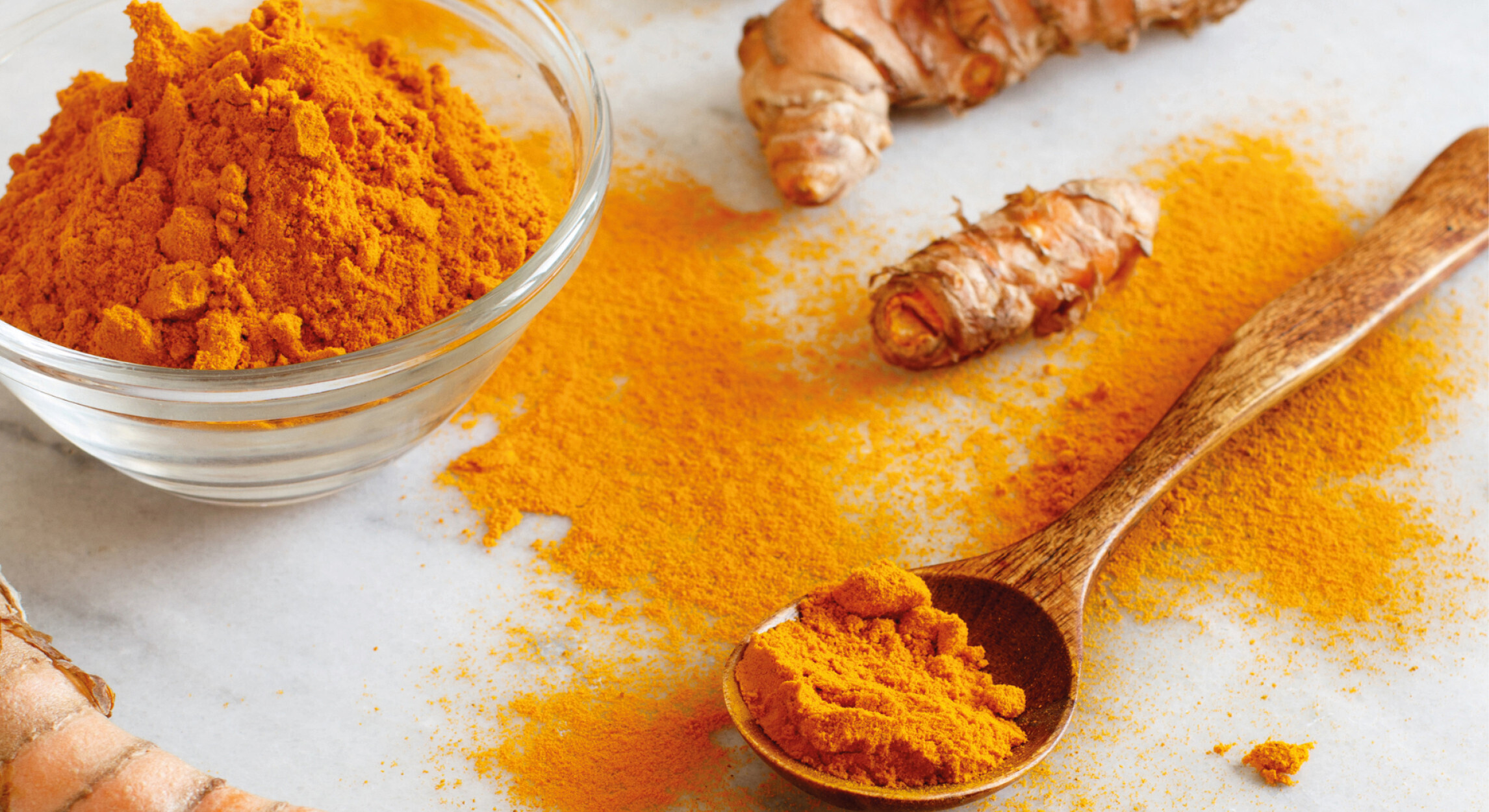Used for centuries in Ayurvedic medicine, turmeric has many virtues for the human body. Extracted from a perennial plant naturally found in India, turmeric longa has anti-inflammatory and antioxidant properties and preserves the digestive system and joints. In the West, it is mainly used to spice up certain dishes in the kitchen, but it is also available in the form of capsules, food supplements or liquid extract.
Where does turmeric come from?
Turmeric longa, also known as turmeric or turmeric, comes from a perennial herbaceous plant that grows naturally on the Indian subcontinent. It has very long stems that grow underground, which themselves have outgrowths called rhizomes. These rhizomes contain precisely the benefits of turmeric. They also give their color, ranging from bright yellow to orange, to the turmeric powder, used as a coloring agent in the food industry. There are more than 130 varieties worldwide and turmeric longa and turmeric xanthorrhiza are the best known and most consumed. Indeed, traditional Indian medicine has used this plant for centuries because of its multiple benefits, which affect the entire human body.
Turmeric and its benefits:
Rich in micronutrients, proteins and vitamins, turmeric owes many of its properties to its major active ingredient, curcumin. It is a fat-soluble molecule, perfectly assimilated by the body, which constitutes a very powerful anti-inflammatory and antioxidant. Turmeric is therefore beneficial to the human body on several levels.
- A particularly effective antioxidant
The curcumin contained in the rhizomes is a powerful natural antioxidant. This plant favors the elimination of free radicals present in the body and contributes to slow down the effects of oxidative stress when they are present in too large a number. To these benefits, we can add the presence of vitamins C and E, very present in turmeric, which are also very effective antioxidants.
- A very powerful anti-inflammatory
Among the famous properties of curcumin is its anti-inflammatory character. Traditional Asian medicine has been using it for centuries as a preventive and curative measure to treat chronic inflammations such as rheumatism, osteoarthritis, as well as inflammatory pains such as lumbago or tendonitis. In the same way, turmeric soothes the strong sufferings related to fibromyalgia. This plant also has regenerating virtues: following an accident, an injury or a physical trauma, curcumin helps to improve blood circulation and accelerate the healing and general recovery of the body.
- A natural protector of the joints
The best known properties of turmeric concern the joints. The curcumin contained in the rhizomes is very effective in soothing joint pain and promotes tissue regeneration, both in the joints and in muscles, tendons and ligaments. As a natural anti-inflammatory and antioxidant, turmeric protects the body against damage caused by oxidative stress, it helps fight against inflammation of the entire joint, tendons and bursa. Several studies have proven that turmeric is an effective alternative to ibuprofen, non-steroidal anti-inflammatory drugs and medicated painkillers.
- An ally of the digestive system
Turmeric is also famous for its virtues at the level of the digestive system. Its active ingredients form a real protective barrier at the level of the gastric mucosa and destroy several bad bacteria developed by the body. For example, turmeric slows down the proliferation of the intestinal bacteria "Helicobacter pylori", which is the cause of serious problems such as gastric or duodenal ulcers. Turmeric stimulates digestion in a general way and participates actively in digestive comfort: it participates in the secretion of bile, which allows better digestion of food, and reduces the most common gastrointestinal disorders. The WHO officially recognizes its virtues to treat this type of problem and confirms the effectiveness of this plant in case of nausea, loss of appetite or stomach ache or feeling of heaviness. This plant also soothes constipation, gastroenteritis or infectious diarrhea.
How to consume turmeric?
Mostly consumed as a spice to season dishes, turmeric can be ingested in different ways. One of the easiest ways is to use it as an infusion: it is recommended to boil a turmeric root in water for two to three minutes. For these teas to be effective, you must drink at least three a day. There are also dietary supplements in the form of capsules as well as liquid extracts or syrups to consume turmeric as a cure.
You now know everything you need to know about turmeric and its benefits. To benefit from it, you can try our liquid food supplement rich in Curcumin, the Living Gold, which also contains other natural fat-soluble antioxidants such as Coenzyme Q10, Astaxanthin and Vitamin E.










